There are many exciting space missions currently underway that are expanding our understanding of the universe and our place in it.

Here are some of the most interesting upcoming Space Missions:
1. James Webb Space Telescope (JWST)
This is the successor to the Hubble Space Telescope and is set to launch in 2021. The JWST will be able to observe the universe in infrared light, which will allow scientists to study the early universe and the formation of galaxies, stars, and planetary systems.
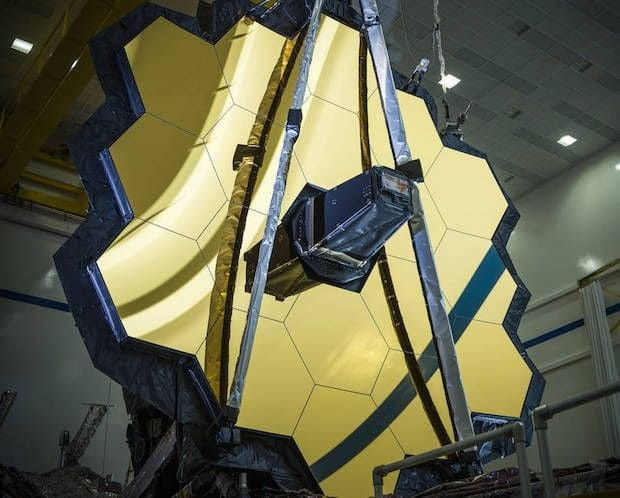
It will also study the formation of stars and planets, the evolution of galaxies and the formation of galaxies.
It will also be able to study the atmospheres of exoplanets and search for biosignatures, which are signs of life on other planets.
The JWST is a collaboration of NASA, the European Space Agency (ESA) and the Canadian Space Agency (CSA), and is considered to be the most powerful telescope ever built.
2. Parker Solar Probe
This mission, launched in 2018, is studying the sun's outer atmosphere, or corona. It will make close approaches to the sun to study the solar wind, magnetic fields, and other phenomena that occur in the sun's corona.
The mission will also study the sun's magnetic field and its impact on the solar wind, which is a stream of charged particles that flows outward from the sun.
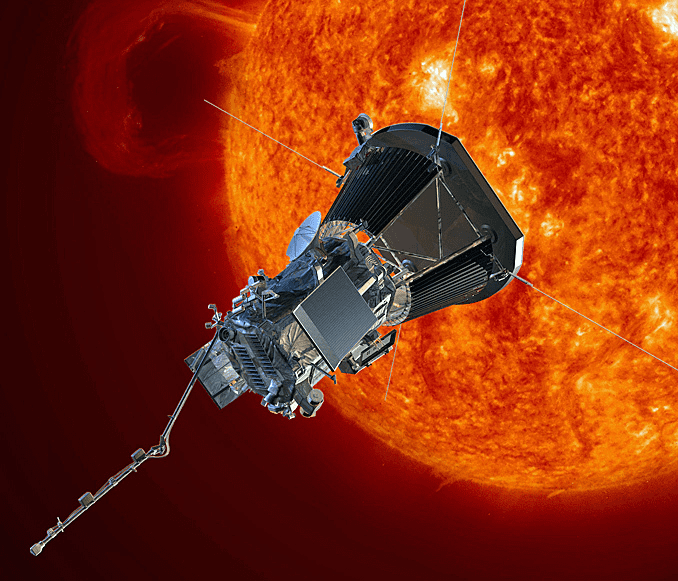
The data collected by the mission will help scientists to understand the sun's magnetic field and its role in the solar wind, which can affect the Earth's climate and communication systems.
The mission will also help in understanding the sun's impact on the Earth's magnetic field, which can affect satellite navigation and power grid.
3. Mars 2020
This mission, launched in 2020, is sending a rover to Mars to search for signs of past microbial life and to collect samples for future missions to bring back to Earth.
The rover, named Perseverance, also carries a helicopter drone named Ingenuity, which has successfully completed several flights on the Martian surface.
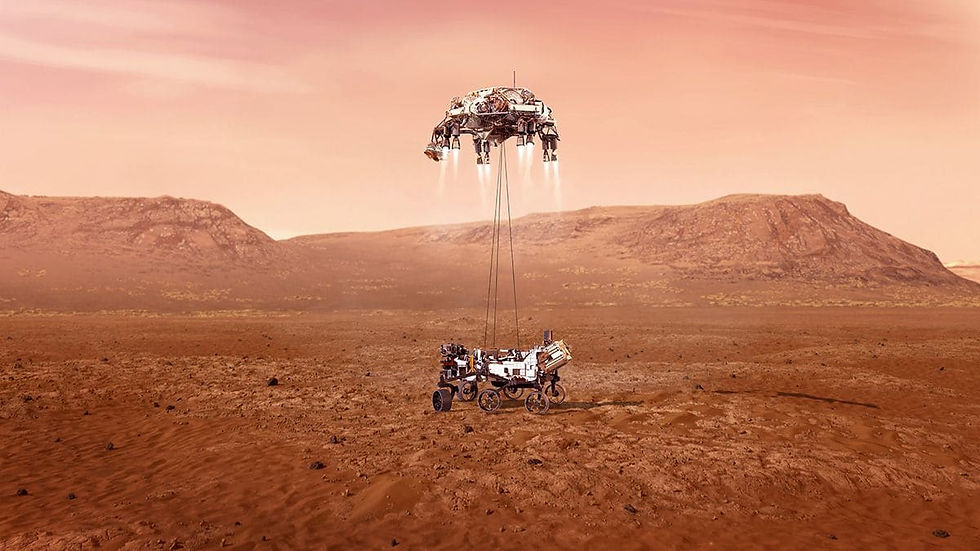
The mission will also study the planet's geology and climate, and search for signs of past habitable conditions on Mars.
The mission will also test new technologies that will be used in future manned missions to Mars, such as a system that can produce oxygen from the Martian atmosphere.
The samples collected by the mission will be stored on Mars for future missions to retrieve and bring back to Earth for detailed analysis.
4. TESS (Transiting Exoplanet Survey Satellite)
This mission, launched in 2018, is searching for exoplanets, or planets outside our solar system, by looking for the small dips in brightness that occur when a planet transits, or passes in front of, its star.
TESS has been surveying the sky, focusing on the brightest stars, and has already discovered many new exoplanets, including several that are similar in size to Earth and are located in their star's habitable zone.

The mission has also provided information about the size, mass and orbital characteristics of exoplanets and their host stars.
TESS's data is also being used to study the stars themselves, including their activity, rotation and variability.
The data collected by TESS is being used in conjunction with data from other missions, like the James Webb Space Telescope, to study the atmospheres of exoplanets and search for biosignatures.
5. New Horizons
This mission, launched in 2006, flew by Pluto in 2015, and then visited a small Kuiper Belt object named Arrokoth in 2019.
New Horizons has provided us with the first close-up images of Pluto and its moons, revealing a diverse and active world.
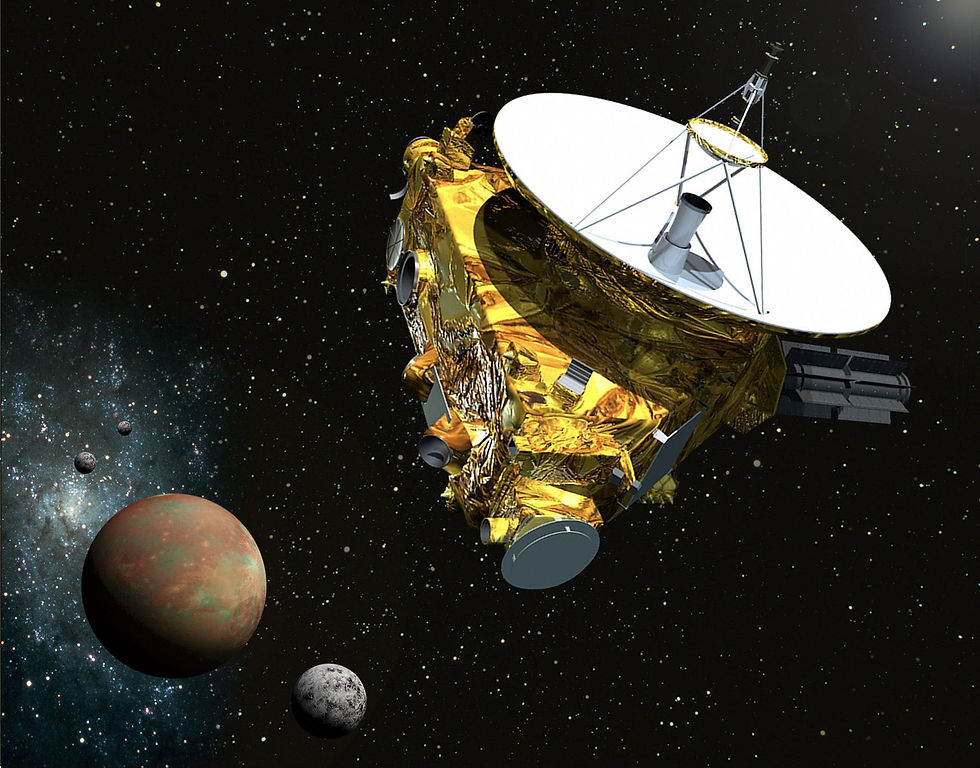
The mission has also revealed new insights about the Kuiper Belt, a region of the solar system beyond Neptune that is thought to contain many small, icy objects left over from the formation of the solar system.
The spacecraft continues to study the Kuiper Belt and is currently planning its next flyby of a small Kuiper Belt object.
6. OSIRIS-REx
This mission, launched in 2016, successfully collected samples from the asteroid Bennu in 2020 and is now on its way back to Earth with the samples.

The asteroid Bennu is an carbon-rich asteroid and understanding its composition will give us information about the building blocks of life on Earth and the conditions that existed when our solar system was formed.
The samples will be delivered to Earth in 2023 and will be studied by scientists all over the world to learn more about the early solar system and the formation of planets.
7. InSight
This mission, launched in 2018, landed on Mars in November of that year and began studying the planet's deep interior.
InSight has been measuring the planet's seismic activity, or "marsquakes," which can reveal information about the planet's structure and composition.
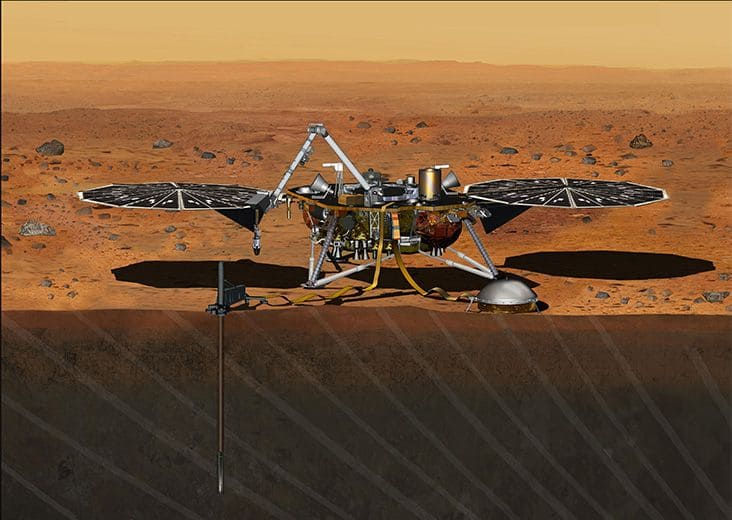
InSight has also been studying the planet's heat flow, which can provide information about the planet's thermal history and whether or not Mars has an active geology.
The mission has also provided data that can be used to study the planet's atmosphere and magnetic field.
The data collected by InSight will help us understand how Mars formed and evolved, and will also provide information that can be used to plan future manned missions to the planet.
8. Juno
This mission, launched in 2011, is studying Jupiter's atmosphere and magnetic field. Juno has made many close flybys of the planet and has revealed many new insights about the planet's structure and composition.

The mission has provided detailed information about Jupiter's atmosphere, including the distribution of various gases, such as water and ammonia, and the dynamics of the planet's jet streams.
It has also provided new information about Jupiter's magnetic field and its impact on the planet's atmosphere.
The mission has also helped in understanding the planet's interior structure and its deep atmosphere.
Juno's data is helping scientists to understand how Jupiter formed and evolved, and is also providing information that can be used to plan future missions to the planet.
9. Hayabusa2
This mission, launched in 2014, successfully collected samples from the asteroid Ryugu in 2019 and is now on its way back to Earth with the samples.
Ryugu is a C-type asteroid, which are believed to contain water and organic materials that may have been brought to Earth by comets and meteoroids.
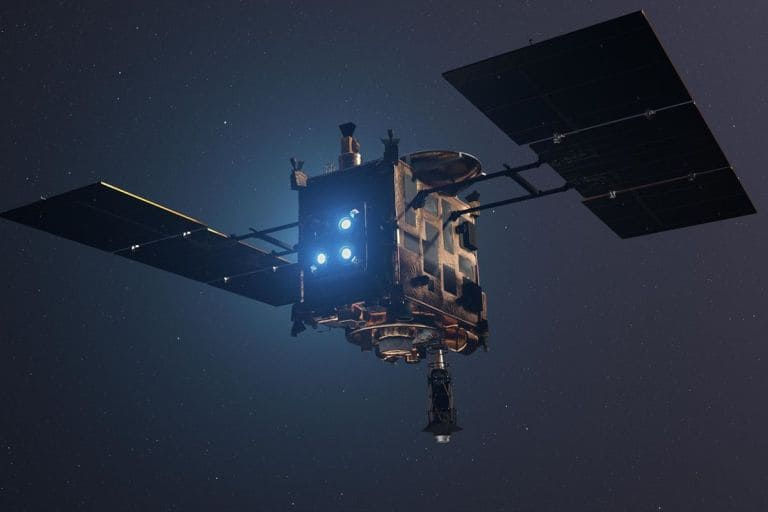
The samples will be delivered to Earth in December 2020 and will be studied by scientists all over the world to learn more about the early solar system and the formation of planets.
Hayabusa2 has also successfully deployed a small rover and a lander on Ryugu's surface to study the asteroid's geology and surface features.
10. Artemis Program
This is a program of NASA that aims to return humans to the Moon by 2024, establish a sustainable presence on the lunar surface, and prepare for future missions to Mars.
Artemis is a collaboration of NASA, international partners and private companies, and will include the use of the Space Launch System rocket and Orion spacecraft.

The Artemis program aims to land the first woman and the next man on the lunar surface by 2024.
The program also aims to establish a sustainable presence on the lunar surface, including the construction of a lunar gateway, a small space station that will orbit the Moon and serve as a base for future missions to the lunar surface.
The program will also pave the way for future manned missions to Mars, including the development of new technologies such as in-situ resource utilization, which will allow humans to live and work on the lunar surface and eventually on Mars.
In conclusion,
Space missions are an important part of human's quest to understand the universe and our place in it.
The missions discussed in this blog have provided new insights about the solar system, exoplanets, and the early universe. From the James Webb Space Telescope, which will study the early universe and the formation of galaxies, stars, and planetary systems, to the Parker Solar Probe, which is studying the sun's outer atmosphere, these missions are expanding our understanding of the universe.
The Mars 2020 mission, which is sending a rover to Mars to search for signs of past microbial life, and the TESS mission, which is searching for exoplanets, are also providing new information about the potential for life beyond Earth.
The Artemis program, which aims to return humans to the Moon by 2024, establish a sustainable presence on the lunar surface, and prepare for future missions to Mars, will be a major step forward in human space exploration.
All of these missions are advancing our understanding of the universe and our place in it. If you are interested in space exploration and want to stay updated on the latest space missions, be sure to follow NASA, European Space Agency, Canadian Space Agency and other space agencies for regular updates.

Comentarios